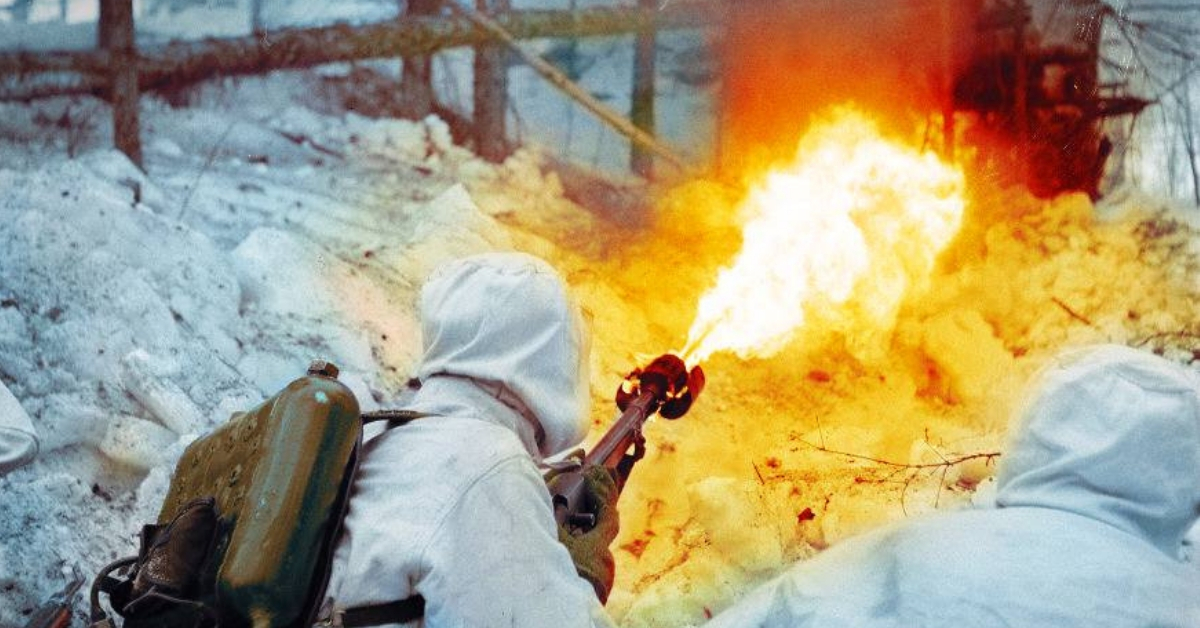On the 30th of November 1939 Soviet troops attacked Finland in order to seize the areas which according to the Molotov-Ribbentrop pact belonged to the Soviet Union.
Against all odds, Finland, a weak, sparsely populated and diplomatically isolated nation, succeeded in causing staggering losses on a far more potent aggressor by skillfully utilizing the wintery conditions.
The heavily outnumbered and under-equipped Finnish army put up a skillful and effective defence against the Red Army and waged a war of 105 days. Finnish army managed, among other things, to destroy a mechanized division of the Red army during The Battle of Raate Road.
The Winter war even brought up many heroes such as the deadliest sniper of the world Simo Häyhä whose name is still known worldwide.
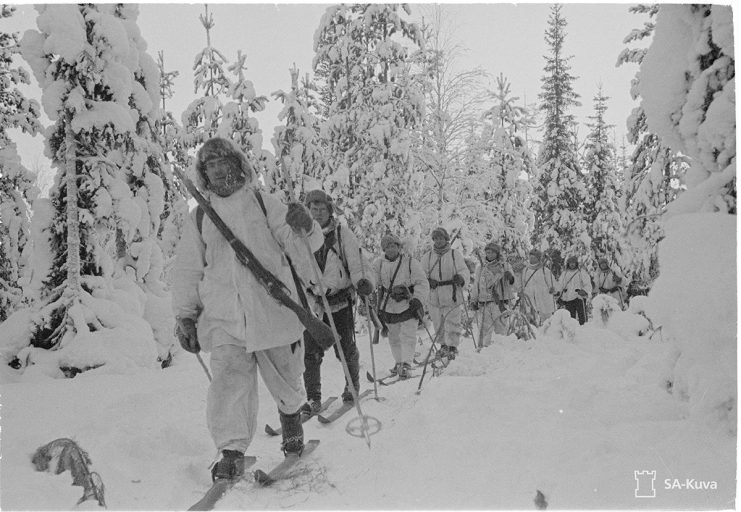
One of the phenomenon caused by the attack of the Soviets was the so-called ”Spirit of the Winter War” which could be described as national unity. This is said to have saved Finland from disintegrating along class and ideological lines under the Soviet invasion.
The significance of ”The Spirit of Winter War” lies in the fact, that it showed that the Finnish society was healed of the wounds of the Finnish Civil War 1918.
The heroic defensive battle attracted even international attention and brought many war reporters to Helsinki. During the war, Finland gained admiration and sympathy of the whole Western world, but was, still lacking real military support.
At the end Finland was forced to sign a peace treaty where it ceded significant areas to the Soviet Union.
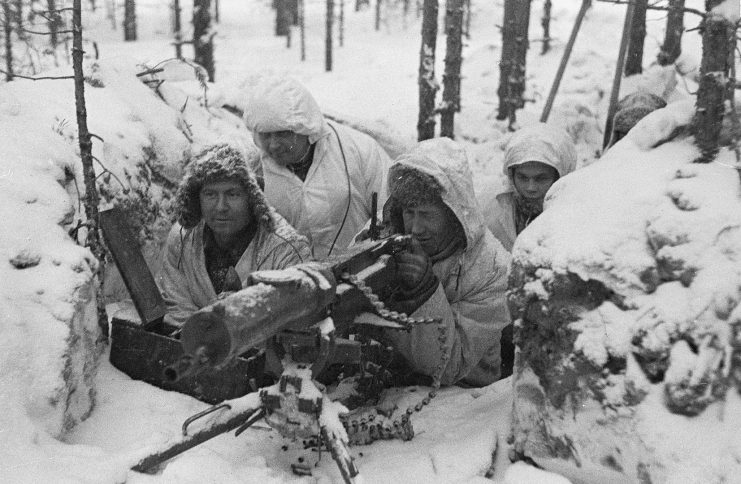
Even though the peace treaty meant significant area losses for Finns, the successful defence saved the land from Soviet occupation. For the Finns, the winter war is today, 81 years afterwards, something of a sacred battle, a part of their collective memory and identity.
After the war The Spirit of the Winter War was exploited in domestic politics when national unity and consensus was needed to face challenges like the economic crisis. There are numerous ways the Winter War has been commemorated in Finland and the ways it can – and should – be commemorated in the future.
The memory of the Winter war consolidated
Only months after the war had ended, the consolidation of the memory began. First memoirs and even photo books were published. In these the war was described as a heroic battle of a unified nation in the harsh circumstances of the Finnish nature.
Some of the books, like the legendary ”Kollaa kestää” by Erkki Palolampi which described the battles in the Kollaa front, soon became iconic. Even the first Winter War myths were born.
One of these was the claim of the incapability of the Swedish speaking soldiers of the 9th Finnish Infantry regiment during the battle of the Mannerheim line in February 1940, which was later proven not to be true.
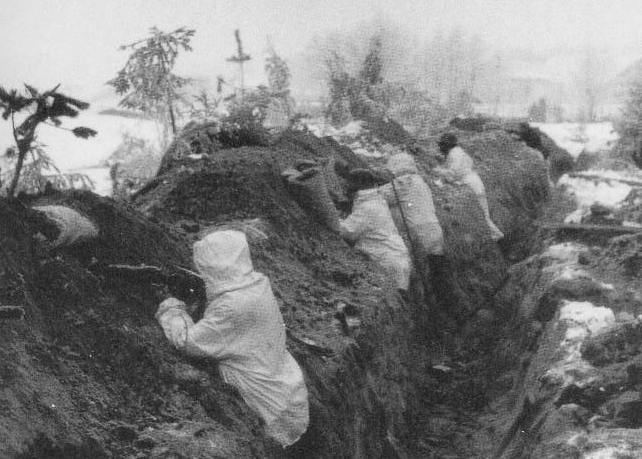
In numerous war memoirs, the enemy was described as so incapable that the Soviets intervened and demanded certain books to be withdrawn. During the Continuation War (1941–1944) against the Soviet Union the description of the incapable Red Army was a central element in the Finnish propaganda.
The Commander-in-Chief of the Finnish Defence Forces, Mannerheim also contributed to the consolidation of the memory by ordering “a Day of Commemoration of the Fallen” to be celebrated on 27th of April annually.
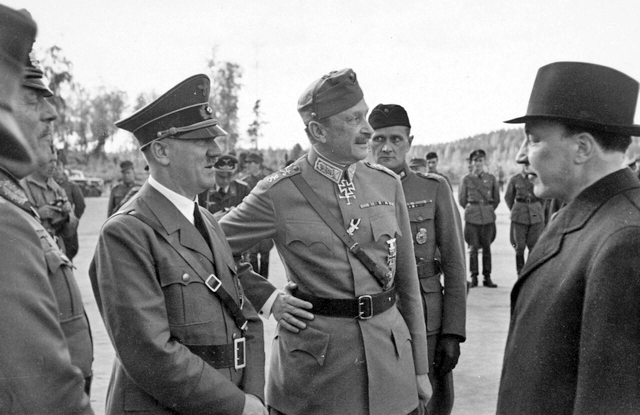
Changing political line – static collective memory
As a result of the Continuation War, Finland was forced to change its political line in favour of a more pro-Soviet one, even though the land had preserved its sovereignty.
However, this affected the way the Winter War was remembered minimally: the Finns never accepted the Soviet claim that Winter War was a result of a Finnish aggression against the Soviet Union.
During the times of the Cold War, numerous memoirs of high officers and wartime politicians as well as military history studies highlighted the role of Finland as a victim of the Soviet aggression. While up to the 1970s the focus was on operational history, campaigns and battles, from the 1970s and onwards there were numerous publications about the Finnish society at the times war.
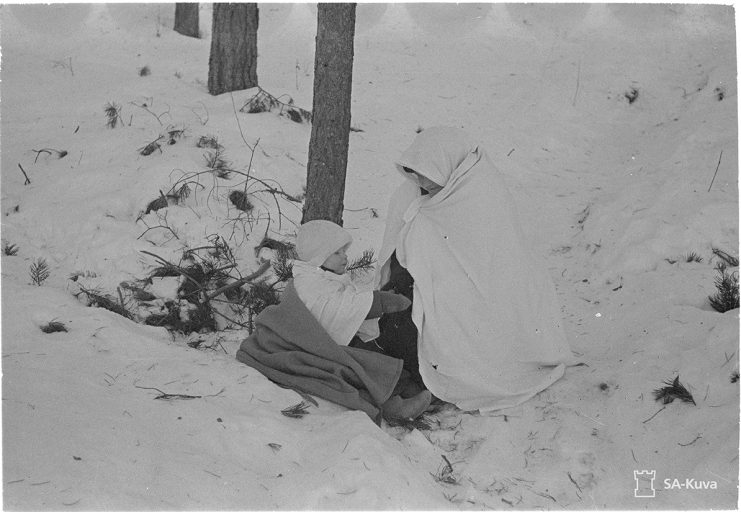
The collapse of the Soviet Union and the Neo-Patriotic turn in Finland
The collapse of the Soviet Union in 1991 also meant a turning point for the Finnish memory of the Winter War. While the factual content of the memory largely remained the same, the role the memory played in the Finnish society was a different one thereafter.
The war veterans now were celebrated and honoured as heroes of the nation, and – interestingly – the war was now viewed in a positive light, as a moment when a outer threat unified the nation.
The ”Spirit of the Winter War” has become part of the Finnish political rhetorics. The general public also has a great interest in the war, and every year, numerous books and magazines are being published. One could claim that the “new era of remembering” that began with the neo-patriotic turn, culminated in 2017 when Finland celebrated its 100th year of independence.
During the whole year, the Second World War played a central role, and on 6th December 2017, the independence day of Finland, a national monument of the Winter War was erected in Helsinki.
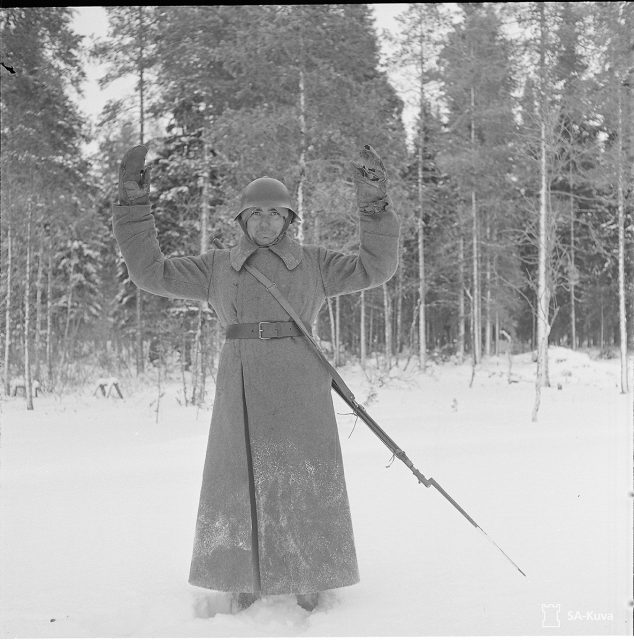
Memory of the Winter War in the future
While we can be assured that the interest in Winter War remains steady and maybe even grows, we are certainly entering a new era, as within a couple of years even the youngest ones with their own experiences of the war are going to pass away. How can the public interest continue, as soon there will be no veterans to tell their stories?
Today most of the Finns do not remember the time of war personally, since they’ve born after it.
This mental distance, both personally and nationally, has made it possible for academics to expand the field of war and military history research and find new research topics. Research has expanded to the cultural and social history of war: individual experiences of war. This is something a modern man can identify with.
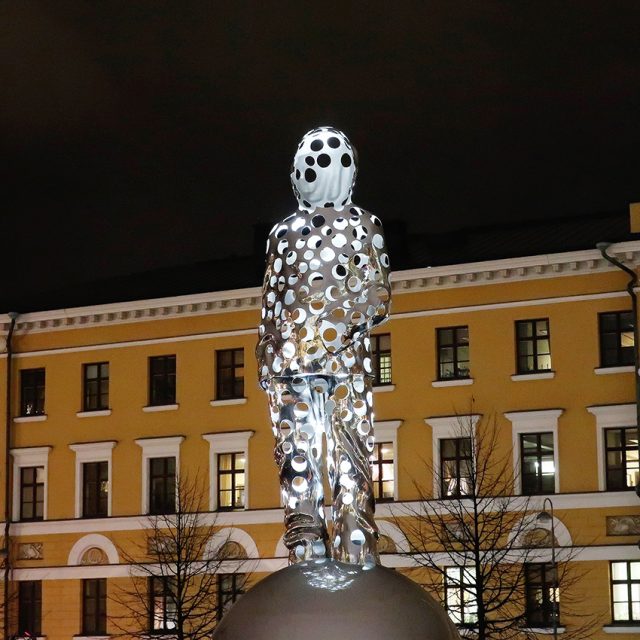
In 2021 The Muisti Centre of War and Peace will be opening its doors in Finland. The centre offers new approaches to war and military history. It is a physical and virtual place of knowledge and learning resources that exhibits wartime experiences and memories, as well as various related phenomena.
It will cherish the Finnish memories of war, and pass them to new generations with new technology (e.g. virtual reality) and hands on brains on approarch. The topic of the first exhibition is the Second World War, including the Winter War, in Finland.
Another Article From Us: R/V Petrel Discovers Sunken Japanese Fleet Carrier Kaga
These kind of institutions focused on remembering the times of war are one way of keeping the memory of the Miracle of Winter War alive, and thus helping future generations to understand the importance of peace.
Senior Researcher Olli Kleemola (D.Soc.Sc.), University of Turku and Muisti Centre of War and Peace
